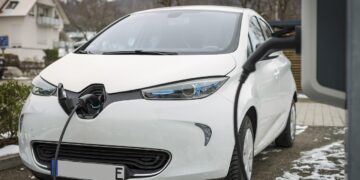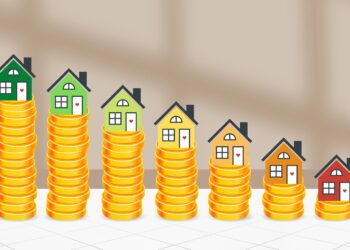Integrating Smart Home Technologies for Enhanced Environmental Sustainability
In an era where environmental sustainability has become a pressing concern, integrating smart home technologies offers a promising avenue towards a greener, more sustainable lifestyle. With the advent of the Internet of Things (IoT), homeowners can now embrace smarter, efficient, and eco-friendly ways to manage their domestic environments. This article delves into how smart home technologies can enhance environmental sustainability, discusses common queries, and offers insights into making your home eco-smart.
Understanding Smart Home Technologies
Smart home technologies typically involve the integration of various home systems through internet-connected devices. These systems can control lighting, heating, air conditioning, security cameras, appliances, and more. Smart devices are engineered to enhance convenience, safety, and efficiency. More importantly, they offer substantial benefits for energy management and environmental conservation.
The Environmental Impact of Smart Homes
One of the primary advantages of smart home technologies is their potential to significantly reduce energy consumption. This is not only beneficial for reducing utility bills but also crucial for minimizing the carbon footprint of a household. Smart thermostats, for example, adjust the heating and cooling of a home based on the occupants’ habits and weather predictions, ensuring energy isn’t wasted. Similarly, smart lighting systems that adjust based on natural light availability or occupancy can cut down unnecessary power usage.
Key Components of a Sustainable Smart Home
- Smart Thermostats: Devices like the Nest or Ecobee learn your schedule and temperature preferences, optimizing your home’s HVAC system to reduce energy waste.
- Energy-Efficient Smart Appliances: Washing machines, refrigerators, and ovens that can be controlled remotely to operate at off-peak hours can help in reducing energy loads.
- Smart Lighting: LED bulbs paired with sensors and timers can dramatically reduce electricity use when compared to traditional lighting methods.
- Home Energy Monitors: These systems provide real-time feedback about energy consumption, helping homeowners identify areas where energy use can be reduced.
- Solar Panel Integration: Smart home systems can be seamlessly integrated with solar panels to optimize energy use and surplus energy generation.
Installation and Costs
While the upfront costs of installing smart technologies can be high, the long-term savings and environmental benefits make it a worthwhile investment. Many local governments and energy companies provide rebates and incentives that can help offset the initial setup costs. Choosing the right products that align with your environmental goals and budget is crucial for maximizing cost-efficiency and sustainability.
Common Questions on Smart Home Sustainability
1. How Energy-Efficient Are Smart Homes?
Smart homes can be significantly more energy-efficient than traditional homes, with savings of up to 25-30% on utility bills reported by some users. The actual efficiency gain can vary based on usage patterns, device choices, and home size.
2. What Are the Best Smart Devices for Energy Conservation?
Thermostats and lighting are the low-hanging fruits of energy conservation. Devices like smart blinds and energy-efficient smart appliances can also contribute significantly to reducing energy usage.
3. Can Smart Devices Work with Renewable Energy Systems?
Yes, many smart home systems are designed to be compatible with renewable energy setups such as solar panels. This compatibility allows for more effective use of generated renewable energy and increased savings.
4. What about Privacy and Security with Smart Home Devices?
While smart home devices provide numerous benefits, they also pose potential privacy and security risks. It’s imperative to secure home networks, use devices from reputable manufacturers, and ensure that security updates are applied regularly.
Conclusion
As we integrate more technology into our everyday lives, it’s essential to prioritize sustainability. Smart home technologies not only offer convenience and increased security but also provide significant opportunities for energy conservation and environmental protection. With the right implementation, these tools can transform households into eco-friendly havens that contribute to a sustainable future.
Further Steps toward a Sustainable Future
Adopting smart home technologies is just one step towards sustainability. Homeowners should combine these technologies with sustainable practices like recycling, reducing water waste, and using eco-friendly materials to maximize the environmental benefits. By fully committing to sustainability, each household can play a pivotal role in protecting the environment for future generations.










